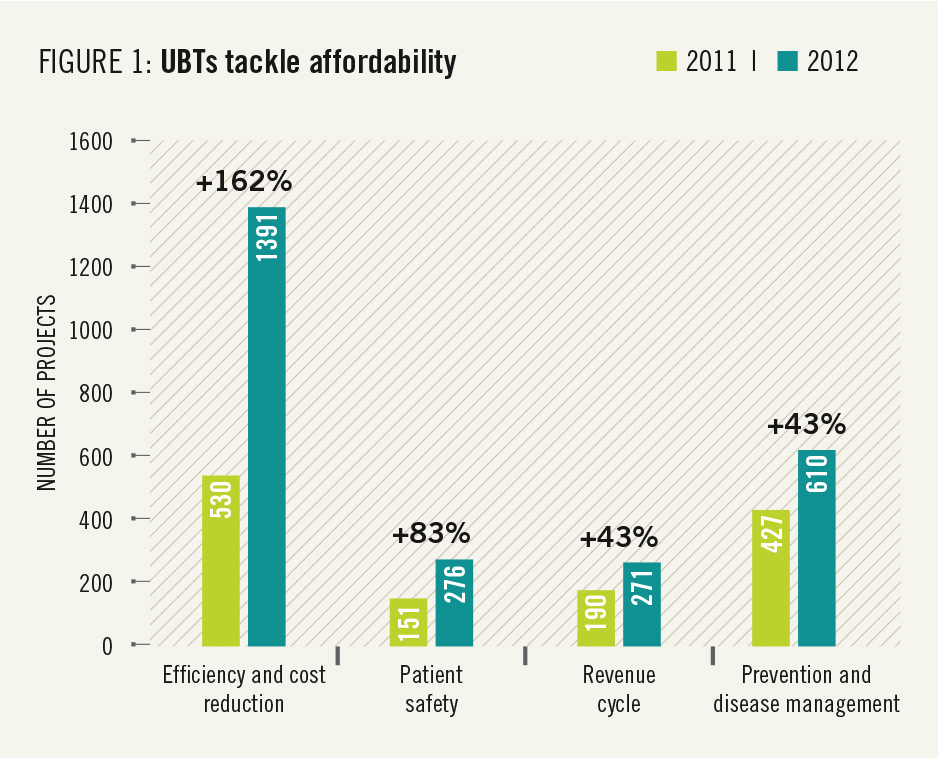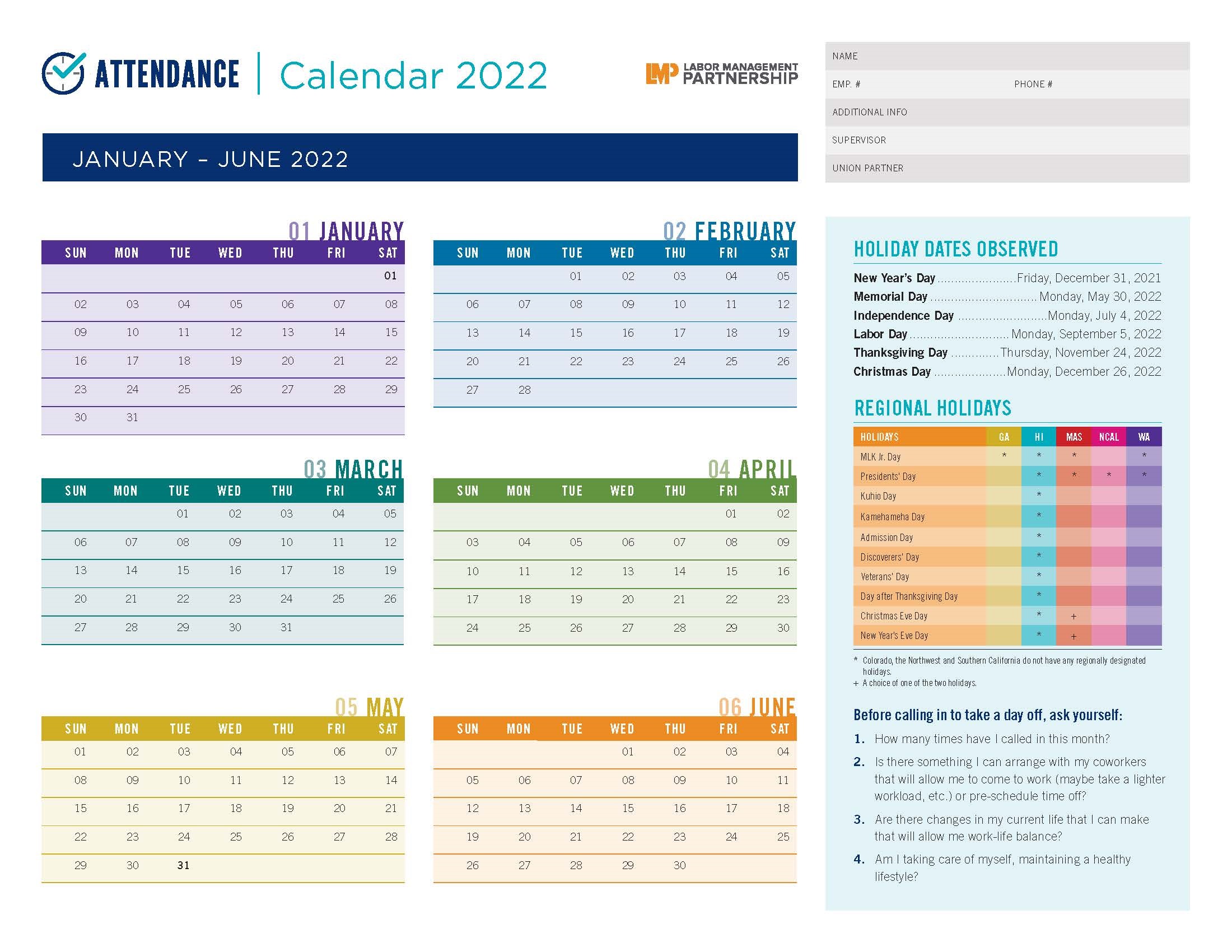UBT Consultants & UPRs
Help Video
How to Find UBT Basics on the LMP Website
LMP Website Overview
How to Find How-To Guides
This short animated video explains how to find and use our powerful how-to guides
How to Find and Use Team-Tested Practices
Does your team want to improve service? Or clinical quality? If you don't know where to start, check out the team-tested practices on the LMP website. This short video shows you how.
How to Use the Search Function on the LMP Website
Having trouble using the search function? Check out this short video to help you search like a pro!
How to Find the Tools on the LMP Website
Need to find a checklist, template or puzzle? Don't know where to start? Check out this short video to find the tools you need on the LMP website with just a few clicks.
Team Process, Level 4
Team Process, Levels 1, 2 and 3
Team Member Engagement
When UBT members are actively involved with their team, they speak up with their best ideas about how to improve the department. They take advantage of partnership processes like consensus decision-making and interest-based problem solving to make the department a great place to work. They look at how the department is doing on key metrics—like those around service and quality—and use that information to come up with ideas for improvement.
Deck: The following report helps to illustrate how the KP model delivers quality and affordability
Health care costs too much. The cost of care threatens Kaiser Permanente’s social mission to provide affordable, quality health care to all.
There are no simple solutions, but KP has many advantages that others do not—including our integrated model of care that can better manage and prevent illness; a prepaid, nonprofit structure that keeps revenue in the system to better serve members and patients; and unit-based teams. As they create the best place to work, UBTs are continuously improving quality, service and affordability at the front lines of care.
 This report highlights many ways that unit-based teams are getting results that matter to members and patients. Affordability of care, one of the issues that matters most to members, was the fastest-growing focus area for UBTs in 2012 (see Figure 1).
This report highlights many ways that unit-based teams are getting results that matter to members and patients. Affordability of care, one of the issues that matters most to members, was the fastest-growing focus area for UBTs in 2012 (see Figure 1).
Teams launched nearly 1,400 efficiency and cost-reduction projects last year, more than doubling the number of such projects undertaken in 2011.
That bodes well for the future, because the number and effectiveness of UBTs’ performance improvement projects increase as teams develop. For instance, UBTs that are rated high performing—defined as reaching Level 4 or 5 on the UBT Path to Performance—are three times more likely than Level 1 teams to take on cost-reduction projects, using proven tools such as process mapping, the “6S” performance improvement tool, and spaghetti diagrams (see Figure 2).
 And these teams are getting results. Waste- and cost-reduction projects can yield immediate savings of $20,000 to $50,000. Spread across the organizations, these efforts could save more than $100 milliion a year. Some examples of the work being done:
And these teams are getting results. Waste- and cost-reduction projects can yield immediate savings of $20,000 to $50,000. Spread across the organizations, these efforts could save more than $100 milliion a year. Some examples of the work being done:
- At the Baldwin Park Medical Center Laboratory in Southern California, phlebotomists worked to reduce the use of more expensive butterfly needles, substituting standard needles when they will work—saving more than $45,000 in 2012. Other labs are also doing this; potential savings if implemented program-wide: $2 million.
- The Fremont Medical Center Operating Room team in Northern California, after taking business literacy training and looking at their own costs and budget, identified wasteful practices in the use of ready-made surgical supply packs, saving about $34,000 a year. Potential savings if implemented program-wide: $750,000.
- The Point Loma Primary Care team at the San Diego Medical Center in Southern California applied 6S to organize supplies and standardize ordering, saving more than $20,000 in 2012. Potential savings if implemented program-wide: $4.2 million.
As these examples show, individual teams can implement improvements that can save a significant amount of money in their own corner of the system. As practices spread among the 3,500 unit-based teams now working across Kaiser Permanente, the savings can add up quickly.
Achieving the full cost-saving potential of UBTs will not be automatic. More teams need to take on cost and waste issues. Even with the jump last year, only one-fifth of UBTs undertook such projects. Successful practices must be spread more systematically across departments, facilities and regions. And more teams need the kind of business training that led the Fremont OR team to act.
 But those changes are coming. “The growing number of cost saving and efficiency projects are helping build a culture of savings and waste reduction among high-performing teams across KP,” says Peter Nixon, director of metrics and analytics, Office of Labor Management Partnership.
But those changes are coming. “The growing number of cost saving and efficiency projects are helping build a culture of savings and waste reduction among high-performing teams across KP,” says Peter Nixon, director of metrics and analytics, Office of Labor Management Partnership.
High-performing UBTs outscored others on two questions in the 2012 People Pulse survey regarding employee views of their department’s efficiency. (see Figure 3). Members of high-performing teams are more likely to say their departments have efficient work procedures and seek improvements to reduce costs.
“These findings suggest that members of high-performing teams see waste reduction and efficient work processes as part of their job,” Nixon says. “That is good news, because it’s the discretionary effort, commitment and intelligence of frontline teams that gets results.”
Summer Interns Jump-Start UBT Projects
- Training summer interns in basic performance-improvement tools including Rapid Improvement Model, process mapping, and LMP basics
- Helping teams launch projects and enter data into UBT Tracker
- Providing daily support to help push and support the work in a positive way
What can your team do to mentor co-workers who are just starting out in partnership work?
Helping Teams Understand Their Value
Deck: Peer advice from a union partnership representative
As a union partnership representative (UPR) from UFCW Local 770, Annamarie Marin helps support 72 unit-based teams at the West Los Angeles Medical Center. Last year, she helped the Oncology team overcome low morale to move from Level 2 to Level 4—and it’s now on the cusp of achieving Level 5. Marin recently was interviewed about her role as a UPR by LMP Communications Manager Sherry Crosby.
Q. What experiences helped prepare you for your position?
A. I have been part of UBTs since 2005. I started as a co-lead and then became an executive sponsor. This experience helped me tremendously, because I can relate to the teams on a personal level. I have been in the exact same place, dealing with similar challenges.
Q. What is your approach to working with teams?
A. Some teams need team-building exercises, while others need to learn to trust one another and share information on projects. Starter teams don’t know how to create agendas or structure meetings, so I help facilitate their meetings. The most important thing is making sure I’m available and that teams have what they need to succeed.
Q. What early challenges did the Oncology team face?
A. They were struggling with membership involvement and morale was low. Nobody wanted to participate in meetings.
Q. How did you help the team succeed?
A. I helped staff members understand that the UBT is not there to add work to their plate. Eventually, we got a group to participate in team meetings.
We went through different trainings and started on small projects. First, they focused on staff morale. Staff members practiced expressing appreciation for each other until it became part of the team's culture. Then they moved to an affordability project. That was a pivotal point in that team’s development, because the idea came from a labor partner.
It shows team members are involved in decision making and contributing to the department’s success.
Q. What was key to the team’s success?
A. I helped the team members understand their work through a different lens—what the function of a UBT is, and their role in it. They realized they have a great department and an engaged manager. It was really about helping them understand their value to each other.
TOOLS
What Are UBT Health and Safety Champions?
Format:
PDF
Size:
8.5" x 11"
Intended audience:
UBT health and safety champions and those who will recruit volunteers for this role (such as regional co-leads, UBT consultants, union partnership representatives and UBT co-leads)
Best used:
This poster describes the duties of UBT health and safety champions. Post it on bulletin boards, in break rooms or email it to potential UBT health and safety champions.
The Difference Diversity Makes
Deck: How UBTs improve care for our members and patients
For the past few years, unit-based teams have been driving a powerful transformation. It’s helping to control chronic diseases; assisting in the early detection of cancer; providing familiarity with a patient’s community; and enabling frontline employees to speak a patient’s language. It creates customized care for each of Kaiser Permanente’s more than 10 million members.
It isn’t a cool new gadget or something out of a sci-fi flick creating the change, but rather a modern care approach that takes into account the infinite number of ways KP members are unique—that emphasizes diversity and inclusion.
“All of us as individuals have all these different multicultural identities, and so do our patients,” says Ron Copeland, MD, senior vice president of National Diversity and Inclusion Strategy and Policy and chief diversity and inclusion officer. “We have to create high-performing teams that work together to deliver culturally responsive care that addresses those differences.”
Increasingly, the workers, managers and physicians working together in UBTs are considering the many facets of individual patients as they transform—in small and large ways—how they care for and serve those patients, using their knowledge and empathy to rethink how we deliver care.
As the stories in this issue of Hank illustrate, some of those changes are aimed at eliminating race- and gender-based health disparities. Other changes are taking place outside our medical facilities—working with school-age children, for example, to give them better food choices and teach them healthy habits that can last a lifetime.
By doing this, UBT members are ensuring that Kaiser Permanente members are the healthiest they can be no matter their background or beliefs, language or gender, disability or economic status, whether they live in a big city or on a farm.
“UBTs have always led on innovating care by putting patients at the center, listening to them and customizing care for them,” says Hal Ruddick, executive director of the Coalition of Kaiser Permanente Unions. “This work strengthens and deepens that high-quality care.” KP’s workforce is full of diversity, and UBTs are designed to draw on all employees’ perspectives in deciding how best to do the unit’s work. It’s a natural step to include our members’ and patients’ viewpoints as well. Understanding and considering the complexity of the patients and communities we serve directly affects quality of care and health outcomes.
“It’s about using our knowledge of differences as an advantage to better understand the patients we care for,” says Dr. Copeland. “Our goal is health care equity—so that all our patients achieve optimal health. For that to happen, it’s essential that we have approaches that account for our patients’ unique needs, preferences and living conditions.”
TOOLS
2022 Attendance Calendar
Format:
PDF
Sizes:
- 8.5" x 11" (4 pages) Use landscape setting when printing
- 8.5" x 14" (1 page) Use landscape setting when printing
Intended audience:
Frontline workers and managers
Best used:
Print out this colorful attendance calendar and use it to track and plan your time away from work. See HRconnect Holidays for more detailed information.


